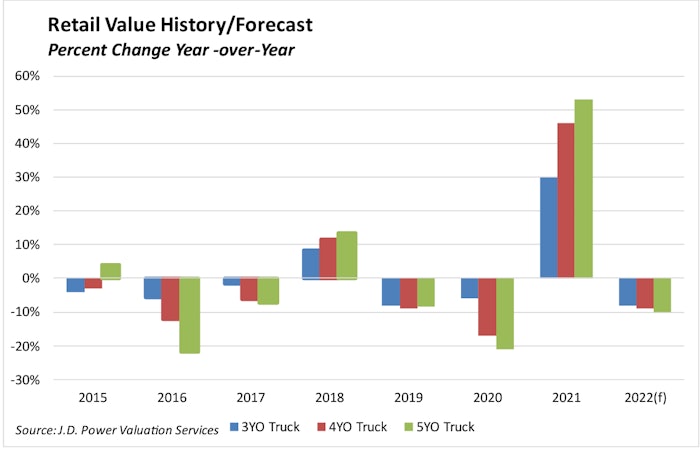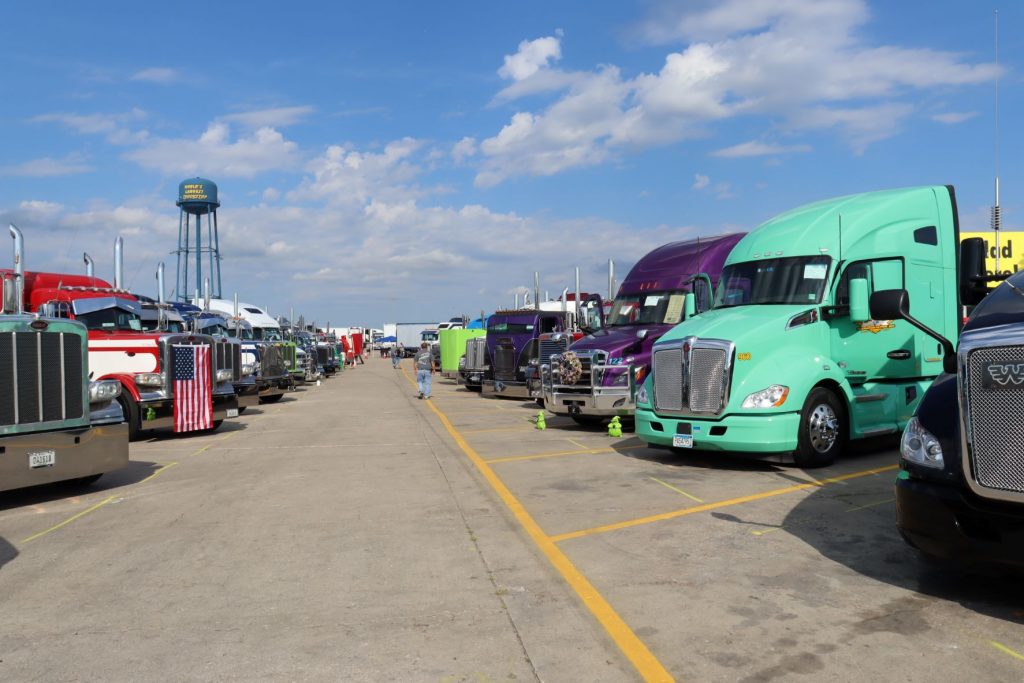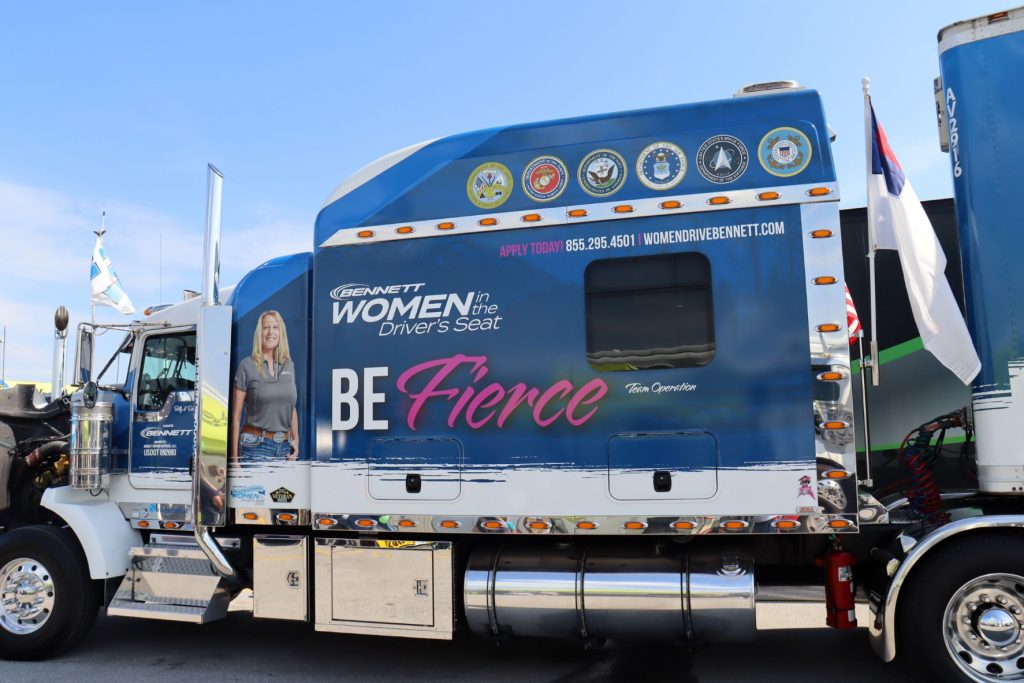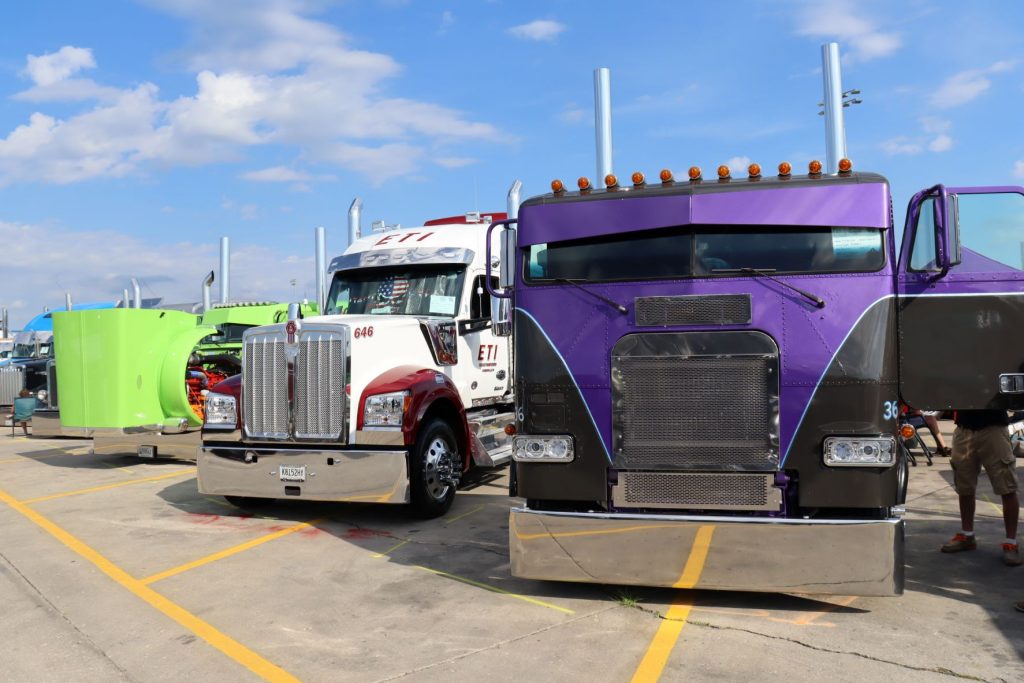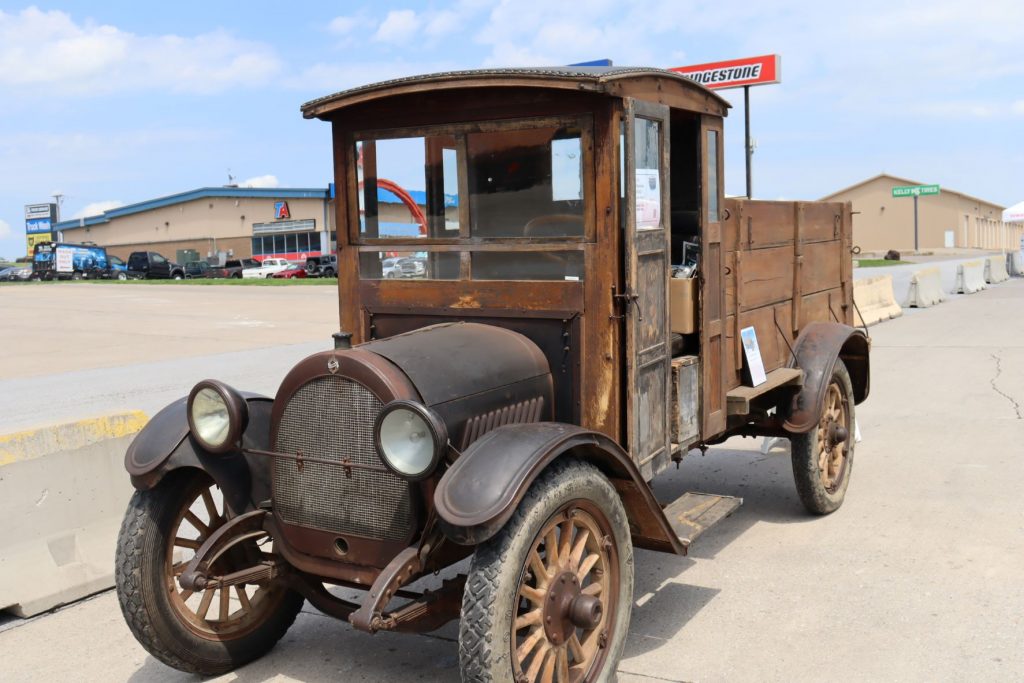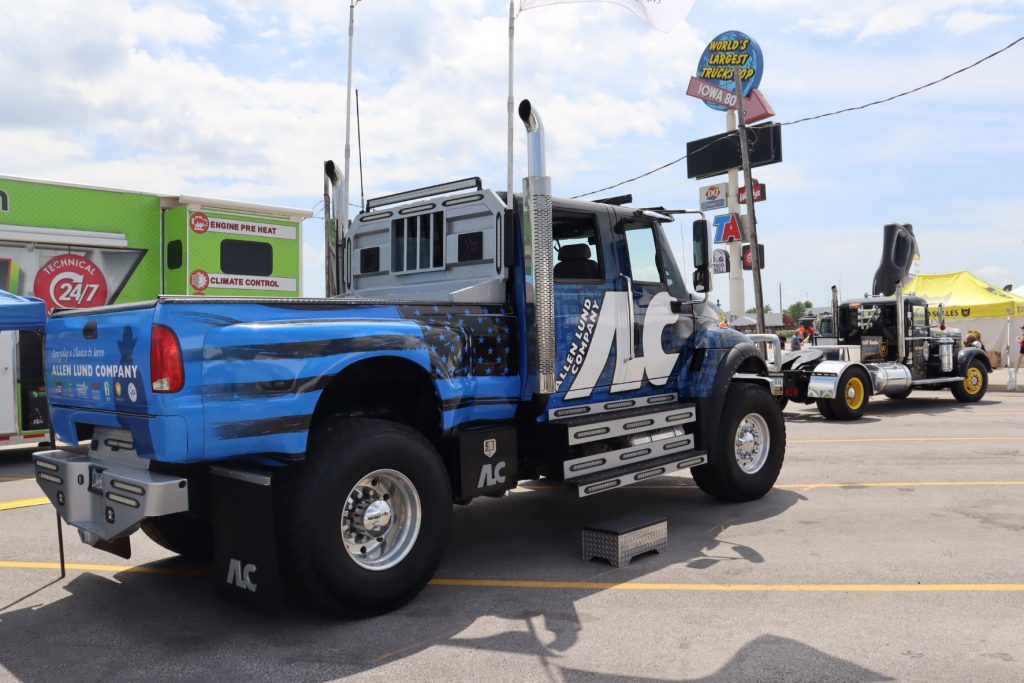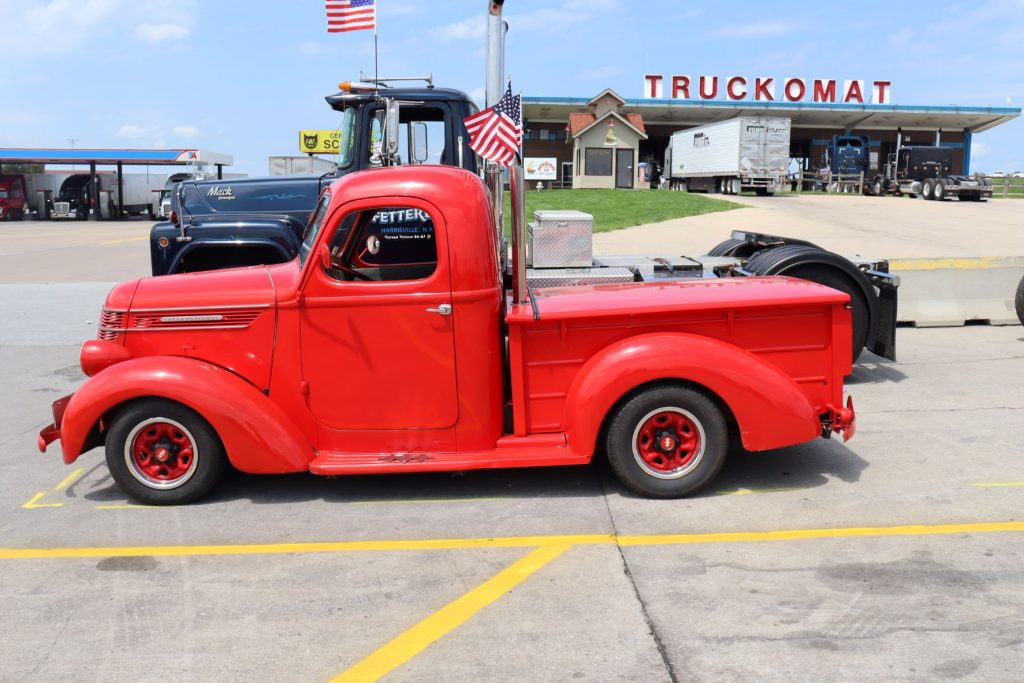October is Breast Cancer Awareness Month! We celebrate this month by sharing information regarding the prevention of breast cancer to eradicate this dreadful disease that affects one in eight women. But could women in trucking face even greater risk? According to Dr. John McElligott, co-founder and volunteer medical advisor of the St. Christopher Truckers Relief Fund, women truck drivers “don’t have as much access to healthcare with their lives on the road,” which could jeopardize early detection of breast cancer.
While the breast cancer mortality rate has decreased by 40%, the fight continues. In this article, we will go over breast cancer and discuss the top five ways women truck drivers can avoid it.
What is Breast Cancer?
Breast cancer is a type of cancer that starts in the breast and has the potential to spread to other parts of the body. While breast cancer typically occurs entirely in women, men can also be diagnosed.
Breast cancer can start from different parts of the breast, including:
- Lobules. These are the glands that produce breast milk.
- Ducts. The small canals come from the lobules and are the most common place for breast cancer to start.
- Nipples. A less common type of breast cancer, called Paget disease, can often start in the nipples.
- Fat and connective tissues. These portions of the breast surround the lobules and ducts.
- Blood vessels and lymph vessels. Angiosarcoma, a less common form of breast cancer, can start in the lining of the vessels.
- Armpits and upper chest. Lumps can be found in these areas during self-exams.
In most cases, breast lumps are benign and non-cancerous (malignant). However, any detected lumps or changes in your breast need to be checked by a healthcare professional.
While there are certain unavoidable risk factors for getting breast cancer, including your gender, age, personal cancer history, family cancer history/genetics, and breast density, there are some factors that you can change to reduce your risk.
Avoidable risk factors include:
- Body weight
- Physical activity
- Alcohol use
- Smoking
- Drug use
- Exposure to hormones (IVF, HRT, birth control, etc.)
- Pregnancy and breastfeeding
- Radiation exposure
Ultimately, the best way to reduce or eliminate your risk of breast cancer is to learn about your health, eliminate negative factors that are within your control, and know your screening options for early detection.
5 Ways Women Truck Drivers Can Avoid Breast Cancer
Simple lifestyle changes can decrease your risk of getting breast cancer, even for women who are considered high-risk. To lower your risk, you should:
- Limit alcohol consumption. The more alcohol you drink, the more you put yourself at risk of developing breast cancer. Based on research, the healthy limit for alcohol consumption is no more than one drink a day.
- Maintain a healthy weight. If you are at a healthy weight, put in the work to maintain it. There are simple ways you can achieve this goal while on the road, including maintaining a healthy sleep schedule. You can also reduce the number of calories you consume each day and incorporate physical activity into your daily routine.
- Incorporate more physical activity. To live in good health, adults should aim for at least 150 minutes of moderate activity per week or 75 minutes of vigorous activity per week. You should also incorporate strength training into your exercise routine at least twice a week.
- Eat a balanced diet. Eating a balanced diet on the road can be challenging, but it is possible. A healthy diet will not only reduce your risk of breast cancer, but it will reduce your risk for other types of cancer, heart disease, and stroke. Foods to incorporate into your diet include plant-based foods, fruits, vegetables, whole grains, extra-virgin olive oil, legumes, nuts, and fish.
5. Perform self-exams. The number one way to avoid breast cancer is through routine self-exams. Stay vigilant for changes in your breast, including new lumps or changes in your skin. You should also consult with your doctor on when to begin mammograms and other preventive measures and screenings.
More like this:
→ Women in the Trucking Industry



